Patri’s only wordless novel, White Collar, was a response to the Great Depression and his belief blue collar and white collar workers should be united.
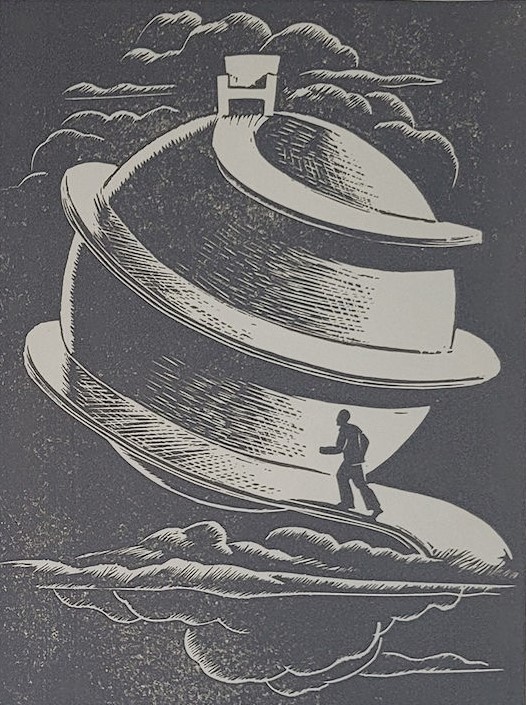
Giacomo Giuseppe Patri
I understand “Giacomo” is pronounced “jackomo” with the “j” as in “judge”.
Biography
- June 9, 1898; born in Arquata Scrivia, Piedmont, Italy
- age 14 months stricken with polio leaving the left leg useless and the right weak.
- 1907, Giacomo’s father, Antonio, emigrated to the United States, settling in San Francisco
- 1916 emigrated from Italy to San Francisco
- in his youth had various jobs as a tailor, barber, and as a book keeper
- c. 1918 – 1920 began making signs and then doing illustrations for Advergraph Advertising Co.
- 1920s enrolled in art courses including at the California School of Fine Arts (now, the SF Art Institute),
- 1926 married Stella Nicole, a fellow student at the California School of Fine Arts (a marriage that was not ideal).
- they had three children: Peiro in 1929, Remo 1931; Tito 1933
- worked as an illustrator for various publications
- 1930s began to draw for Communist party publications
- 1937 – 1944 illustrator for SF Chronicle
- 1939 + 1940 two handmade editions of White Collar; and the 1941 Pisani edition
- 1948 Patri opened the Patri School of Art Fundamentals (an art school for the working people) and taught until it closed in 1968
- 1961 divorced Stella
- 1969 married Tamara Rey
- 1978 died of liver cancer (a son attributed the cancer to Patri’s habit of licking the tip of his brush to give it a finer point thereby ingesting carcinogenic ink)
The above details are mostly obtained from a biography by George Rey; see Rey, George San Francisco’s Cultural Ciopino; Italians, Artists and the Left in San Francisco. 1910-1970 for an in-depth biography of Patri.
Changed Dedication
- 1939 1st edition dedication: TO THE MAN WHO TOLD IT TO ME
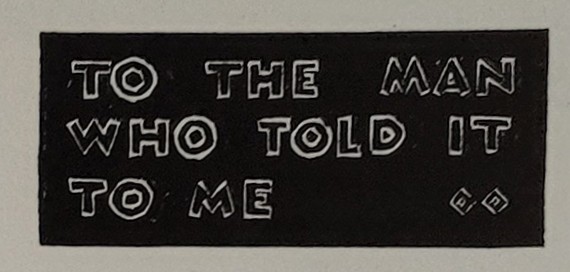
- 1940 2nd edition dedication: TO THE GREAT PROGRESSIVE LABOR MOVEMENT THE CONGRESS OF INDUSTRIAL ORGANIZATIONS
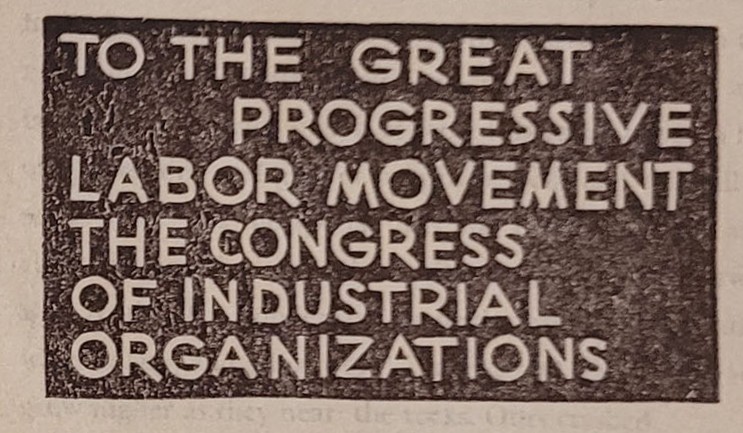
- 1941 3rd edition (Pisani) dedication: TO THE MAN WHO TOLD ME THIS STORY AND TO THE GREAT PROGRESSIVE LABOR MOVEMENT
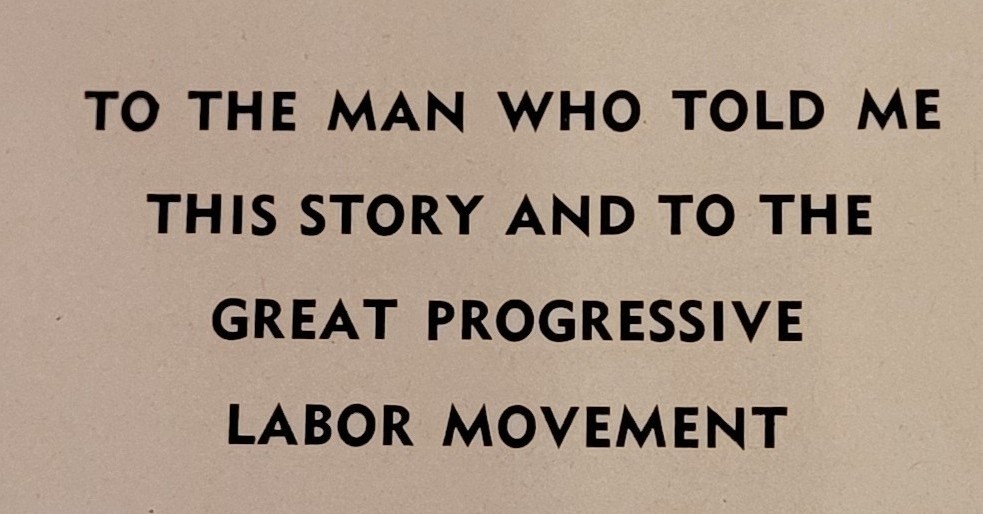
Changed Colour of “Inner/Dream” Sequences
Patri borrowed a technique from Lynd Ward who printed images for the story-line in black and used a different colour (orange in Ward’s case) to print images reflecting subjective or the interior workings of the protagonist’s mind.
For the 1st edition Patri used a gray ink for the inner sequences.
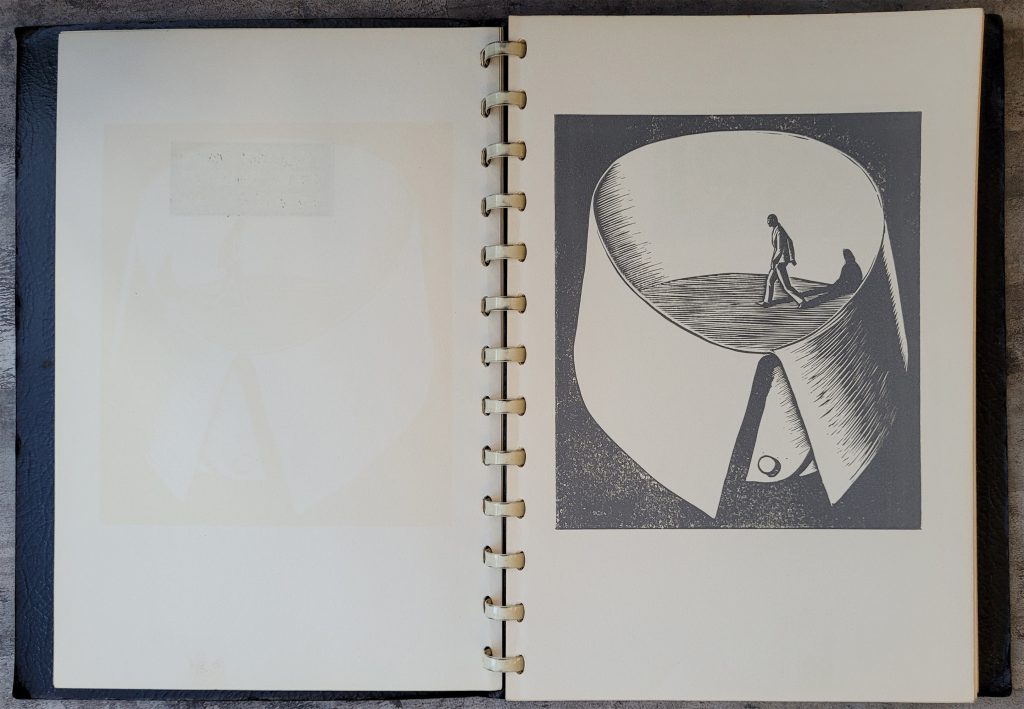
Patri changed the interior workings to orange in the 2nd and 3rd editions.
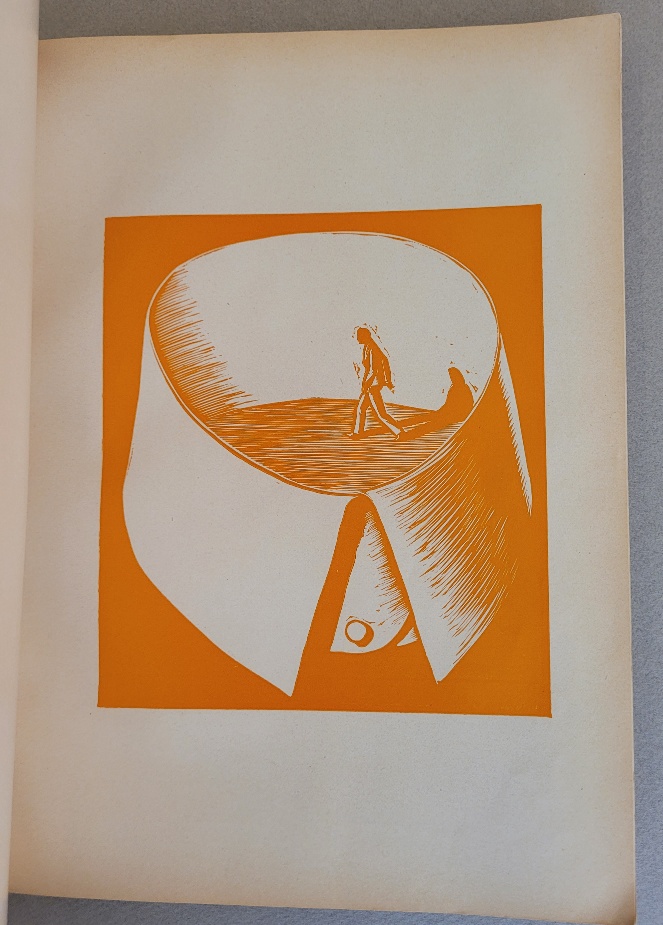
This is supposition on my part, but I suspect that using black ink for the main story and a medium gray ink for the inner/dream sequences was too subtle for many readers so Patri used an obviously contrasting color. I personally like the subtlety of the gray but, if readers don’t get it, Patri was right to change.
Links to the following:
1941 White Collar 3rd (Pisani Ed)
Also
For blog discussions on binding types, edition sizes, dates, the missing John L. Lewis Epilogue, etc CLICK HERE
COMMENTS
If you disagree with something on this page, have an improvement, or have a comment please contact me
wn at wordlessnovels.com
Any information used will be given a credit line.